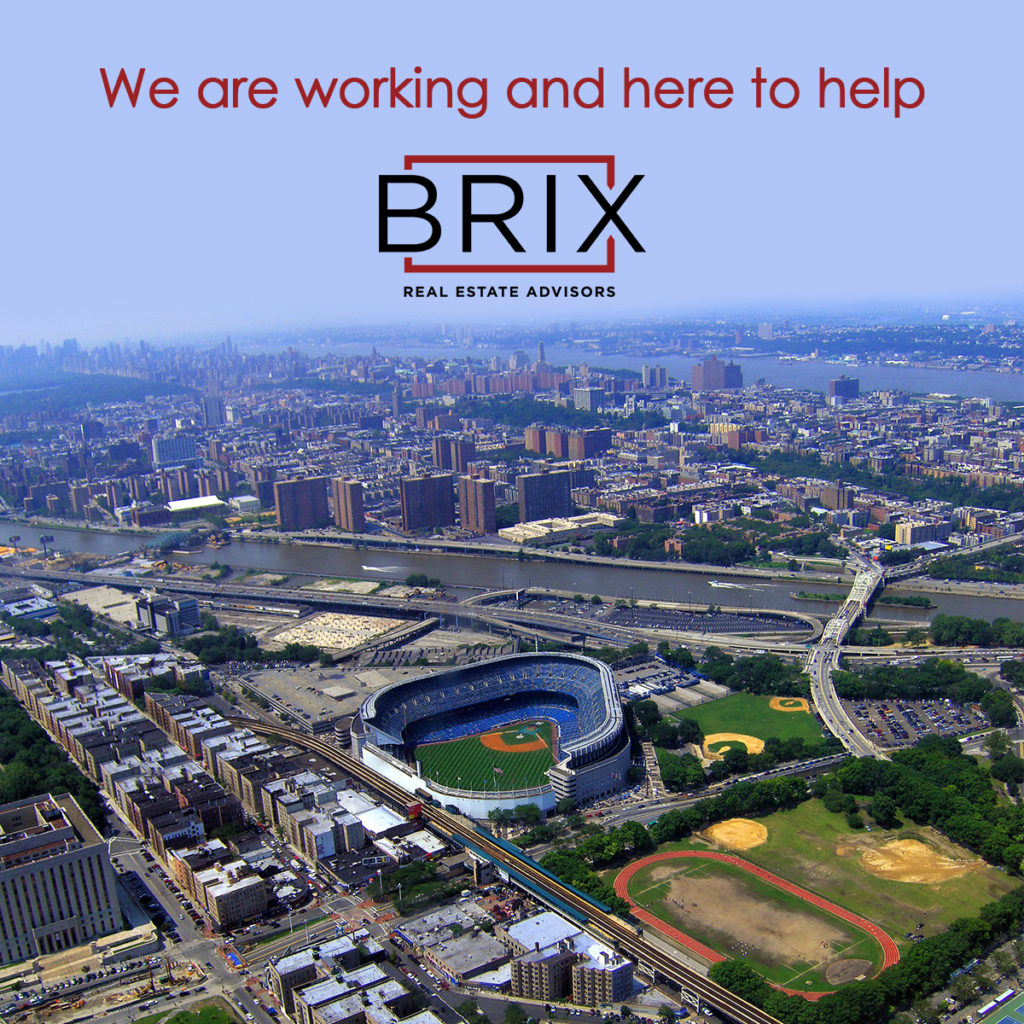We at Brix Real Estate Advisors hope this message finds you safe considering the events taking place. There is a lot of concern in the industry regarding rent collections and the effect it will have on borrowers ability to make mortgage payments over the coming months.
While some lenders have already released information on what options are available to borrowers, others have chosen to wait and see how big of a problem this is and address on a “case by case” basis.
There has been a lot of industry chatter on this topic and we hope the information below will provide some insight.
“My loan is Non-recourse and I don’t have to Pay”
I have heard this line several times from borrowers over the past two weeks. Before
jumping to conclusions make sure you understand the differences between recourse and non-recourse loans and some of the default triggers that turn non-recourse loans into recourse loans with personal liability. The difference between recourse and non-recourse financing becomes apparent during a default, which of course is an event all real estate owners hope to avoid.
Recourse loans: Recourse loans place the majority of the risk and exposure on the borrower. If the borrower defaults, the lender may seize the property covered by the loan AND go after the borrower’s other assets and financial accounts to recover any additional debt. In other words, there is a secondary source of repayment should the value of the property prove to be insufficient to repay the loan.
Non-recourse loans: The lender is prohibited from collecting any shortfall in the difference between the sale of the property and the amount owed the lender. The lender’s only source of repayment is the property that was pledged as collateral. Non-recourse loans have claw backs and “bad boy” carve out provisions that allow the lender to convert a non-recourse loan into a full recourse loan in the event of borrower bankruptcy or illegal/unethical activities (such as fraud, failure to maintain insurance, etc.).Such provisions can potentially increase the borrower’s liability. Examples of the application of these carve outs can include situations where the borrower is accused of fraud and misrepresentation, rent skimming, diversion of insurance proceeds, and undisclosed environmental contamination, or has filed for bankruptcy to name a few.
Loan Modifications vs Loan Forbearance
A forbearance is when the lender agrees to reduce or suspend mortgage payments for a certain period of time and not to initiate a foreclosure during the forbearance period. Forbearance is most often used when a borrower is going through a temporary financial hardship and anticipates being able to catch up on the payments once the hardship has passed. Sometimes the lender will also agree to waive or modify a mortgage requirement that the borrower is unable to meet. The borrower agrees to repay the missed payments at a later date, with interest sometimes added.
Loan forbearance is creating a new agreement that temporarily supersedes the original loan agreement. The forbearance agreement should state:
- The specific debt owed from the original agreement
- The duration for which the lender will agree to not enforce the terms of the original agreement
- What payments the borrower is expected to make during the agreement
- The deadline by which the borrower must repay the difference between the money that would have been owed during the agreement period and what was actually paid
In a forbearance, the lender retains the right to resume the foreclosure once the forbearance period expires if the agreed-upon conditions are not met. In the forbearance agreement, the borrower acknowledges that he or she cannot make the required payments in the loan agreement, and the lender agrees to delay any debt collection efforts or litigation against the debtor. However, the original loan agreement remains active and unchanged. So, the borrower has defaulted on the original agreement, and the lender is not acting on the default as long as the borrower follows the forbearance agreement. The lender can take immediate legal action if the borrower defaults on or violates the forbearance agreement. Because the borrower acknowledged defaulting on the loan agreement, the lender may have strong evidence during litigation. Facing a high volume of defaulting loans triggered by the COVID-19 crisis, lenders may only need something fairly simple to allow time for an economic recovery.
With a loan modification, the lender and borrower are changing the original loan agreement to create a new repayment plan that the borrower can adhere to. While a default may have existed just prior to the modification, after a modification the prior default is withdrawn.
Loan modifications may include any of the following:
- Interest rate reductions
- Changes from variable interest rates to fixed interest rates
- Extensions in the loan’s length
- Getting rid of pre-payment penalties
- Removing balloon payments
- Reducing the balance of the principal to the property’s current value
Lender Guideline Information
To find out additional information on how your lender is handling this situation and the options available to borrowers, contact your loan officer or servicing company to discuss.
For more information on Fannie Mae and Freddie Mac Forbearance Program click here
We are available to discuss any of the above topics or and other matters that you would like.
Best regards,
Matthew Barbaccia
Managing Partner
Brix Real Estate Advisors
914.300.4444
matt@brixadvisors.com
Disclaimer for Material
The material in this article contains general information about legal issues. Nothing contained in this article should be considered legal advice or a recommendation concerning any matter or thing, understanding that the authors have not taken into account your particular legal situation, objectives, financial circumstances, or needs. Before acting on any information, you should consider whether and to what extent it may apply to your circumstances and, in particular, you should seek independent legal and financial advice. The opinions expressed in this article are solely those of the author.
